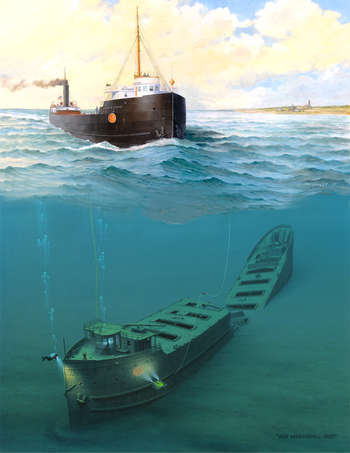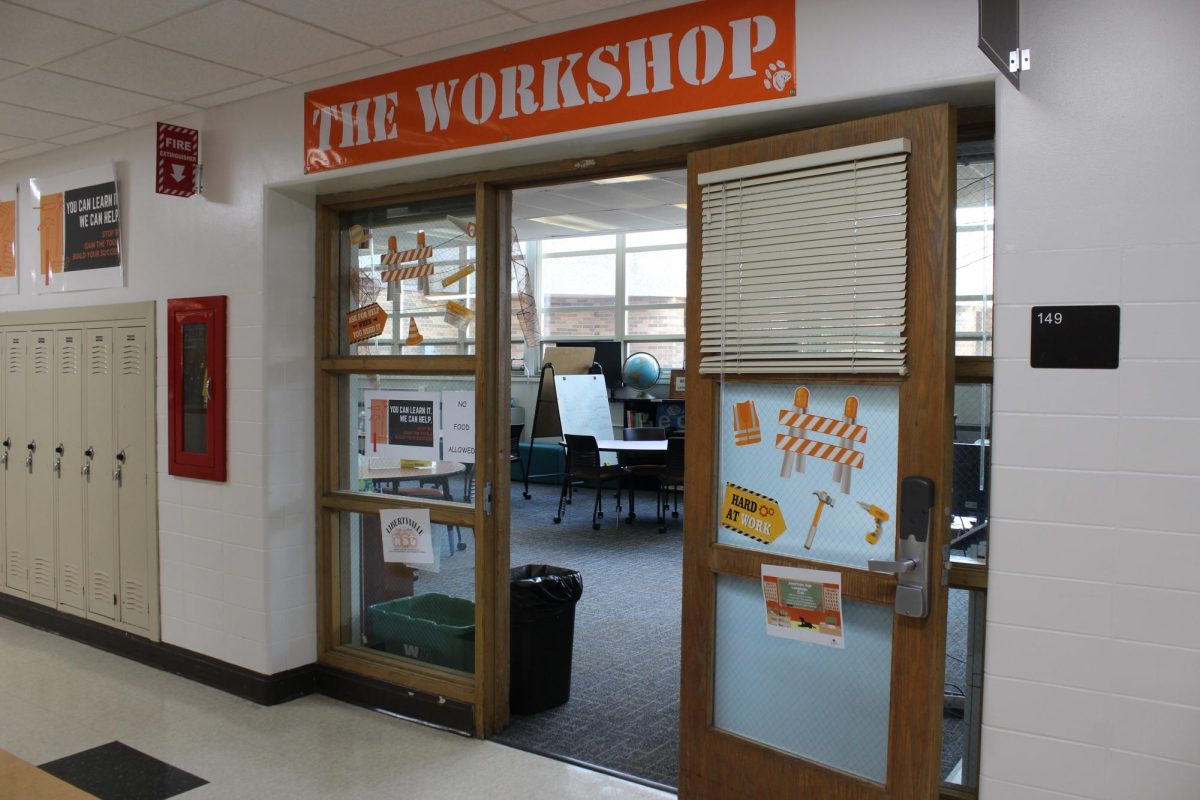
The Great Lakes are famous for their large amount of shipwrecks: about 10 ships appear annually within the lakes, and explorers are still scrutinizing the remains.
Throughout the vast lakes and our nation’s history, there have been about 6,000 to 10,000 sunken ships, according to the Associated Press. As many as 1,000 of these large vessels have been discovered and confirmed. According to Tim Cigelske from ABC News, the Great Lakes are said to hold the most amount of shipwrecks because their “frigid freshwater preserves ships better than the ocean’s corrosive waters.” Many of these ships are commercial ships that are used for transporting goods.
Students of LHS learn about certain shipwrecks in their U.S. history classes such as AP United States History and Honors United States History. Most shipwrecks discussed in LHS history classes are from earlier times in the nation’s history. Some shipwrecks discussed during history classes are the cargo ship Lusitania and the bulk carrier ship SS Fitzgerald.
A wide variety of these time capsules share intriguing history that cannot help but enthrall the minds of many historians. Each ship contains something from the past that reveals part of an engrossing story that has yet to be told.
However, many of these ships have just been discovered.
The most recent shipwreck underwater archaeologists located was The Atlas, submerged to the bottom of Lake Ontario in late July. A ship that had sunk nearly over a century ago, it is now being studied and re-examined for historical evidence. The Atlas, one of the oldest confirmed commercial schooners ever discovered, was said to be transporting an ample amount Black River limestone. The ancient ship had seemed to be traveling in New York, from Chaumont to the port of Oswego.
According to the Associated Press, within a few miles of its actual destination, a gust of enormous winds caused the vessel to shift. Eventually the ship sank to the very bottom of Lake Ontario and researchers found it years later.
Even though some valuable, treasured people and items were lost, underwater adventurers still find The Atlas’ remains very compelling. Paul Creviere Jr., a noted author of Wild Gales and Tattered Sails, mentions shipwrecks as some type of mystery waiting to be discovered.
“A shipwreck is like a crime scene. If you know how to read the clues, you have a drama right in front of you,” said Creviere in an interview on January 2 with ABC News.
Students of LHS can learn about these shipwrecks by visiting the Great Lakes Shipwreck Museum located about seven hours away from Libertyville in Paradise, Michigan.
Although many of these captivating time vessels sank into the dark abyss of our Great Lakes, explorers are still discovering other lost parts of history.






![Wildcats do their pre -race circle that consists of chants and cheers to hype up the team. “I think cross country is such an interesting sport, in the way we're all kind of struggling together at the same time," senior Emme Fogle said. "[We have] comfort knowing that everyone's kind of going through the same thing. It's kind of incredible.”](https://www.lhsdoi.com/wp-content/uploads/2025/09/Screenshot-2025-09-25-3.14.42-PM.png)

